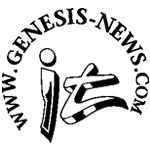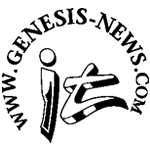There are so many fantastic keyboard moments, that I am going to restrict myself to my absolute favourites:
The main solo in Fountain of Salmacis - driving, urgent, and dramatic when the rest of the instruments cut out.
The opening and closing mellotron chords sections of Watcher of the Skies - I don't care for the main song, but these sections are arresting.
The piano intro of Firth of Firth (and the reprise on synth) - the keyboard part that got me into Genesis.
The main refrain melody in The Cinema Show, especially the repeat with the mellotron choir - soaring and beautiful.
The entire piano/keyboard part for The Lamb Lies Down On Broadway - I'm still at a loss for how he composed this.
The mellotron part for Fly On a Windshield - ever shifting and mesmerizing.
The piano part for Anyway - achingly poignant, it could work as a solo piece.
The synth solo in In That Quiet Earth - edgy, angular, and yet with a great sense of melody.
The whole of Duke's Travel's/Duke's End - covering a whole range of moods and emotions.
The solo in Fading Lights - triumphant, then moody, then back to triumphant.

